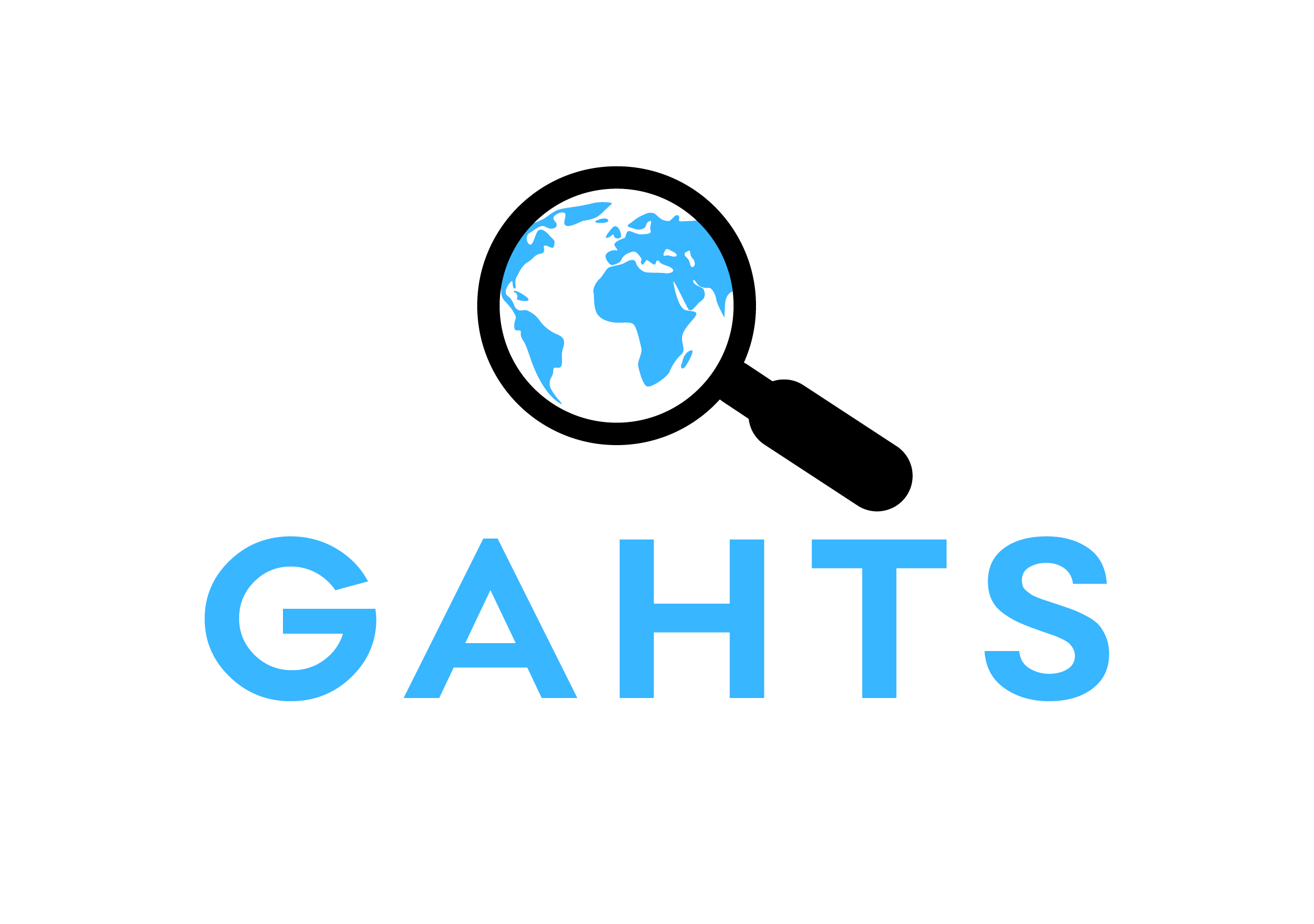Automated informatics may increase the detection rate of suspicious cases of human trafficking—a preliminary study
Author: Duke, David; Allard, Derin; Dysart, Suzanne; Hogan, Keenan; Phelan, Suzanne; Rawlings, Luke & Stoklosa, Hanni
Abstract: Worldwide, there is an estimated 40.3 million victims trapped in modern day slavery, including 24.9 million in forced labor and 15.4 million in forced marriage. A majority of labor and sex trafficking survivors report at least one healthcare encounter during their victimization. An approach to an informatics technology solution for identifying trafficked persons in real time, in the hospital / emergency department settings is the primary focus of this paper. Octavia, a software application implemented in 3 California hospitals, scanned all patient encounters for social and clinical determinants that are consistent predictors of HT. Any encounter that matched these criteria was forwarded to a specially trained High-Risk Navigator who screened the data and when able, made direct contact in an effort to build rapport and possibly provide victim assistance. During the observation period, the automated scanning of hospital patient encounters resulted in a notable increase in the detection of persons who had a likelihood of being trafficked when compared to a pre-project baseline. Our experience demonstrated that automated technology is useful to assist healthcare providers in identification of potentially trafficked persons, improving the likelihood of care provision.
Keywords: human trafficking, data analysis, electronic health records, patient care team, technology
